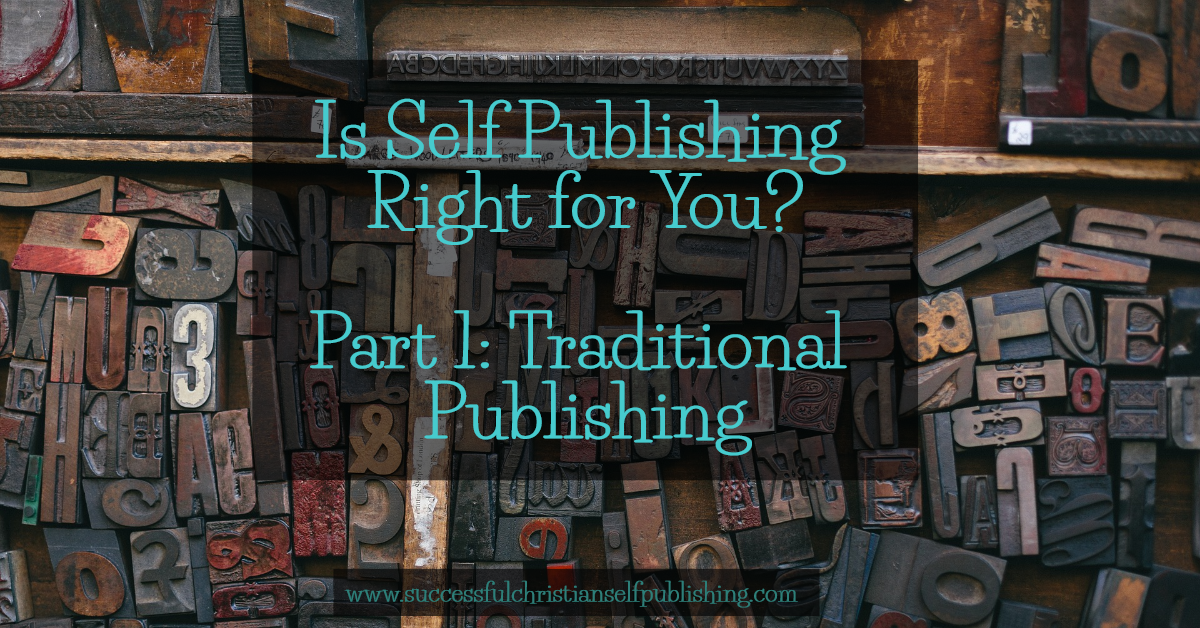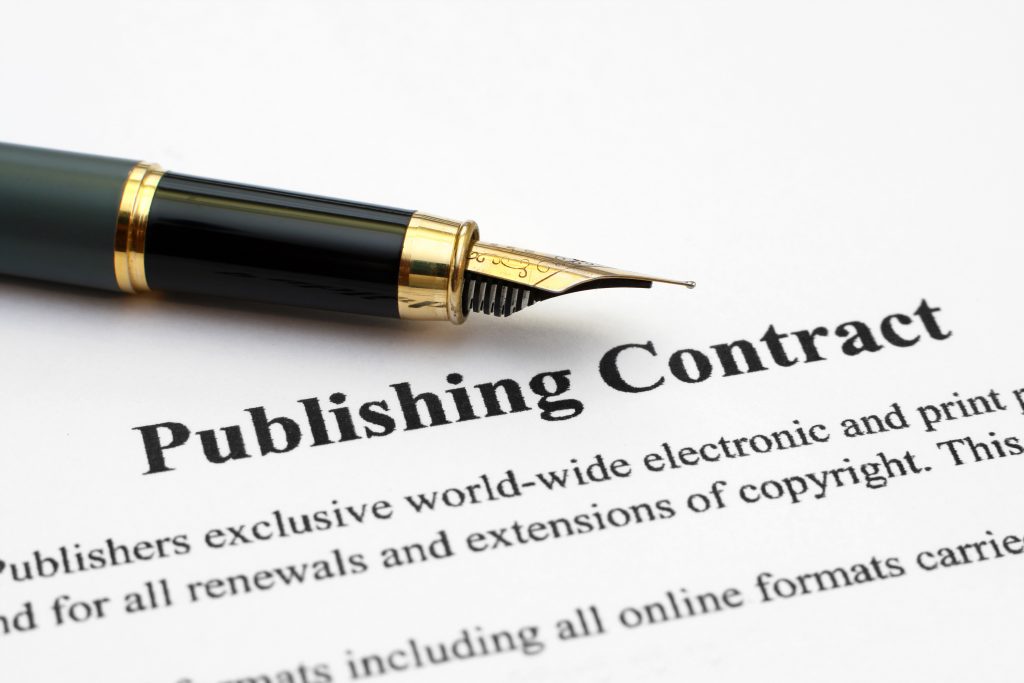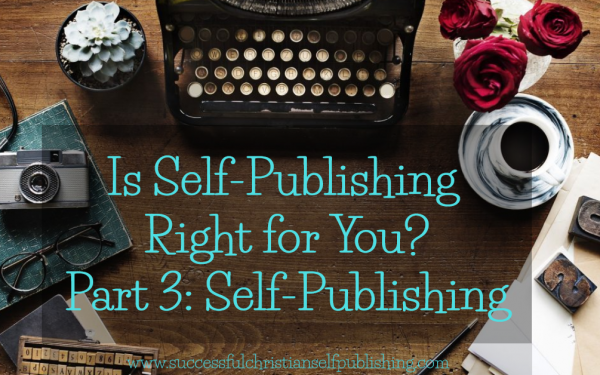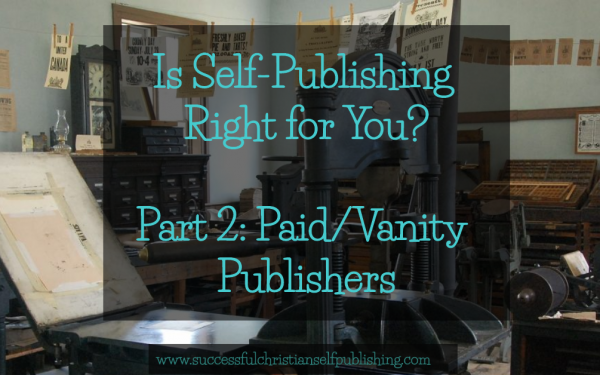Is Self Publishing Right for You? Part 1: Traditional Publishing

This blog focuses on self-publishing. Self-publishing is not for everyone. It’s probably a really good idea to define exactly what self-publishing is and exactly what self-publishing isn’t to make an informed decision about whether self-publishing is a solution you want to embrace.
There are essentially three types of publishing:
1) Traditional Publishing
2) Paid (Vanity) Publishing
3) Self-Publishing
Each comes with some pros and cons. Each has unique requirements and challenges. It is important to understand and consider these distinctions before moving forward.
Traditional Publishing
A traditional publisher is a publisher who will put the rights to your manuscript under contract. Usually, they will provide services to edit your manuscript, format and typeset your manuscript, create artwork such as interior graphics and cover artwork for your manuscript, facilitate some degree of marketing for your manuscript before publication, register your manuscript with appropriate government agencies, ultimately publish your manuscript and get it into the supply chain with distributors, facilitate additional marketing after your release, and, if all goes well, cut you a check based on the royalties your manuscript generated based on sales.
Some traditional publishers will pay authors an advance on royalties. Some will contract authors for more than one book. These practices are becoming rare for known authors and are nearly extinct for unknown authors.
Many traditional publishers will only accept manuscripts from literary agents. All traditional publishers rely on authors to perform a great deal of their own marketing after publication. Most traditional publishers will provide printed galley proofs to the author at no cost. Most will also provide a few dozen to a few hundred of the printed copies to the author for use at personal events.
Without exception, no traditional publisher will ever, ever ask an author to contribute any money at all to support the publication of the manuscript.

Pros: Many traditional publishers have a wide reach in terms of marketing and distribution. This is their only business and their employees are skilled and trained to accomplish the task of publication efficiently and effectively. They have an established network which enables them to potentially market foreign language rights. The manuscript is the product so it will receive personal attention from traditional publishers looking to sell a lot of copies of the published work and expand into untapped marketing channels. There is no up-front out of pocket cost to the author working with a traditional publisher, and often there is some advance payment against royalties.
Cons: Traditional publishers may not even evaluate a manuscript that does not come from a literary agent, so authors without literary agents will have a hard time getting through the front door. Many traditional publishers now require the full manuscript before they will even evaluate whether they want to publish it or not which, for the author, amounts to writing a full manuscripts “on spec.” If contracted, authors have little say in editorial changes and cannot make rapid revisions to published works. Usually, authors have little or no say at all in the book covers, graphics choices, or certain marketing image choices. Many traditional contracts are highly restrictive as it relates to rights to the work such as audio, foreign language, video and film, and other rights. Authors have no access to any detailed data pertaining to how the book is performing once it is published. Even once contracted, it can take months or even years before the manuscript is published, which means it may be a long — LONG — time before the first royalty check is cut — and make that even longer if the author accepted an advance against royalties because the advance is subtracted from royalties due. Since the rights are under contract to the publisher, it is often challenging for authors who wish to do so to regain the rights to their own work even once the publisher has finished with the “first run” and is unwilling to reissue the book for another run.
Traditional Publishing Model:
1) PUBLISHER pays author. AUTHOR is paid by publisher.
2) PUBLISHER owns rights under contract. AUTHOR surrenders rights under contract.
![]()

With nearly a million sales, Hallee Bridgeman is aUSA TODAY best-selling and award-winning Christian author who writes action-packed romantic suspense focusing on realistic characters who face real-world problems. Her work has been described as everything from refreshing to heart-stopping exciting and edgy. Hallee has served as the Director of the Kentucky Christian Writers Conference, President of the Faith-Hope-Love chapter of the Romance Writers of America, is a member of the American Christian Fiction Writers (ACFW), the American Christian Writers (ACW), and Novelists, Inc. (NINC). An accomplished speaker, Hallee has taught and inspired writers around the globe, from Sydney, Australia, to Dallas, Texas, to Portland, Oregon, to Washington, D.C., and all places in between. Hallee loves coffee, campy action movies, and regular date nights with her husband. Above all else, she loves God with all of her heart, soul, mind, and strength; has been redeemed by the blood of Christ; and relies on the presence of the Holy Spirit to guide her.



